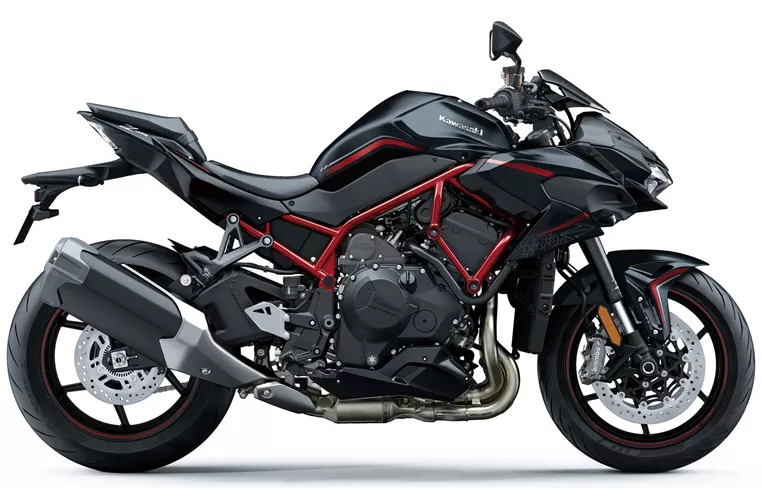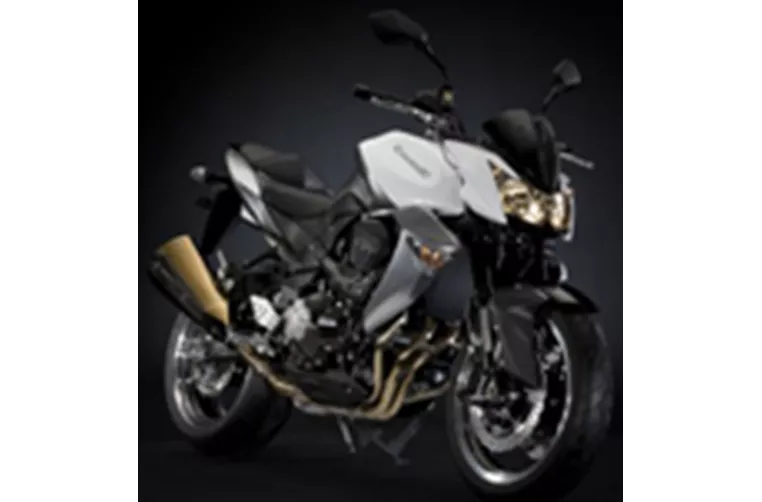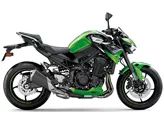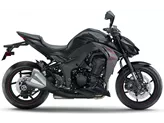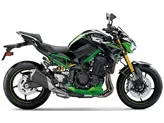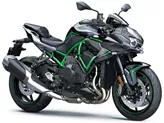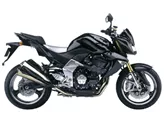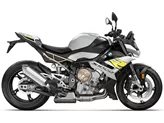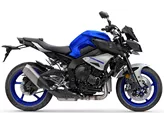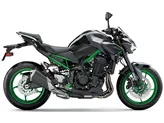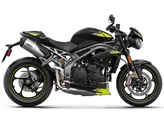Kawasaki Z H2 2020 vs. Kawasaki Z1000 2009
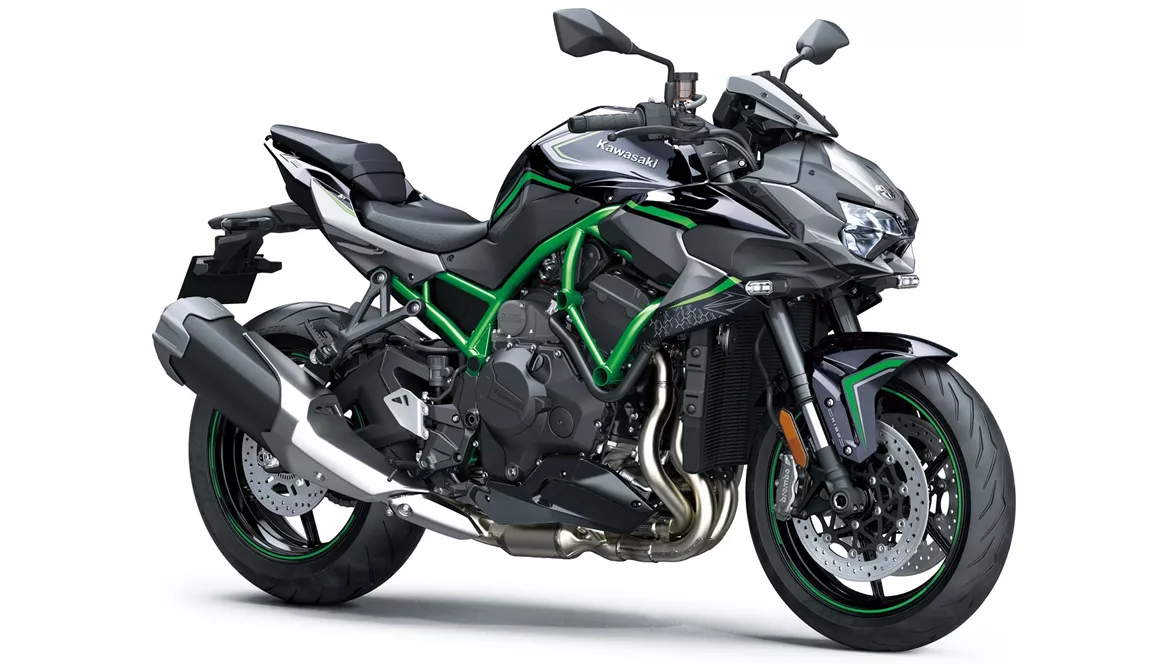
Kawasaki Z H2 2020
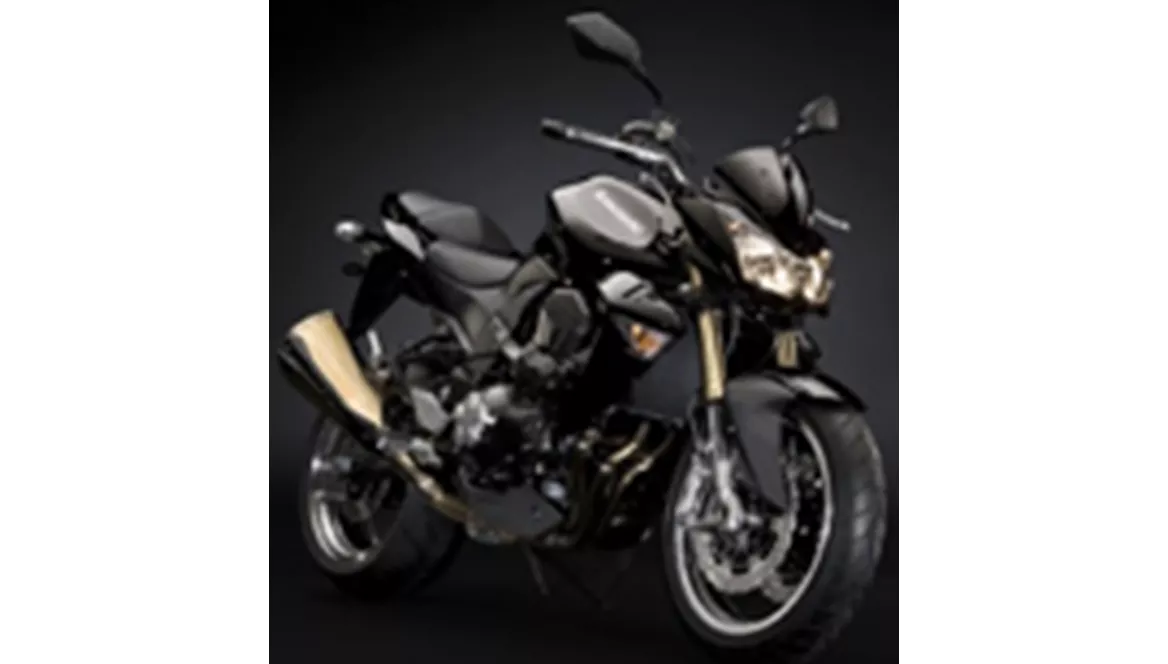
Kawasaki Z1000 2009
Overview - Kawasaki Z H2 2020 vs Kawasaki Z1000 2009
The Kawasaki Z H2 2020 and the Kawasaki Z1000 2009 are both naked bikes with similar engine types, cooling systems, and frame materials. However, there are significant differences in their technical specifications and overall performance.
Starting with the engine and drive train, the Kawasaki Z H2 2020 boasts a more powerful engine with 200 HP compared to the Kawasaki Z1000 2009's 125 HP. The Z H2 also has a higher torque of 137 Nm compared to the Z1000's 98.7 Nm. Both bikes have four cylinders and liquid cooling systems, ensuring optimal performance and temperature regulation.
In terms of displacement, the Z H2 has a larger engine with a displacement of 998 ccm, while the Z1000 has a displacement of 953 ccm. This means that the Z H2 has a larger engine capacity, potentially resulting in better overall performance and acceleration.
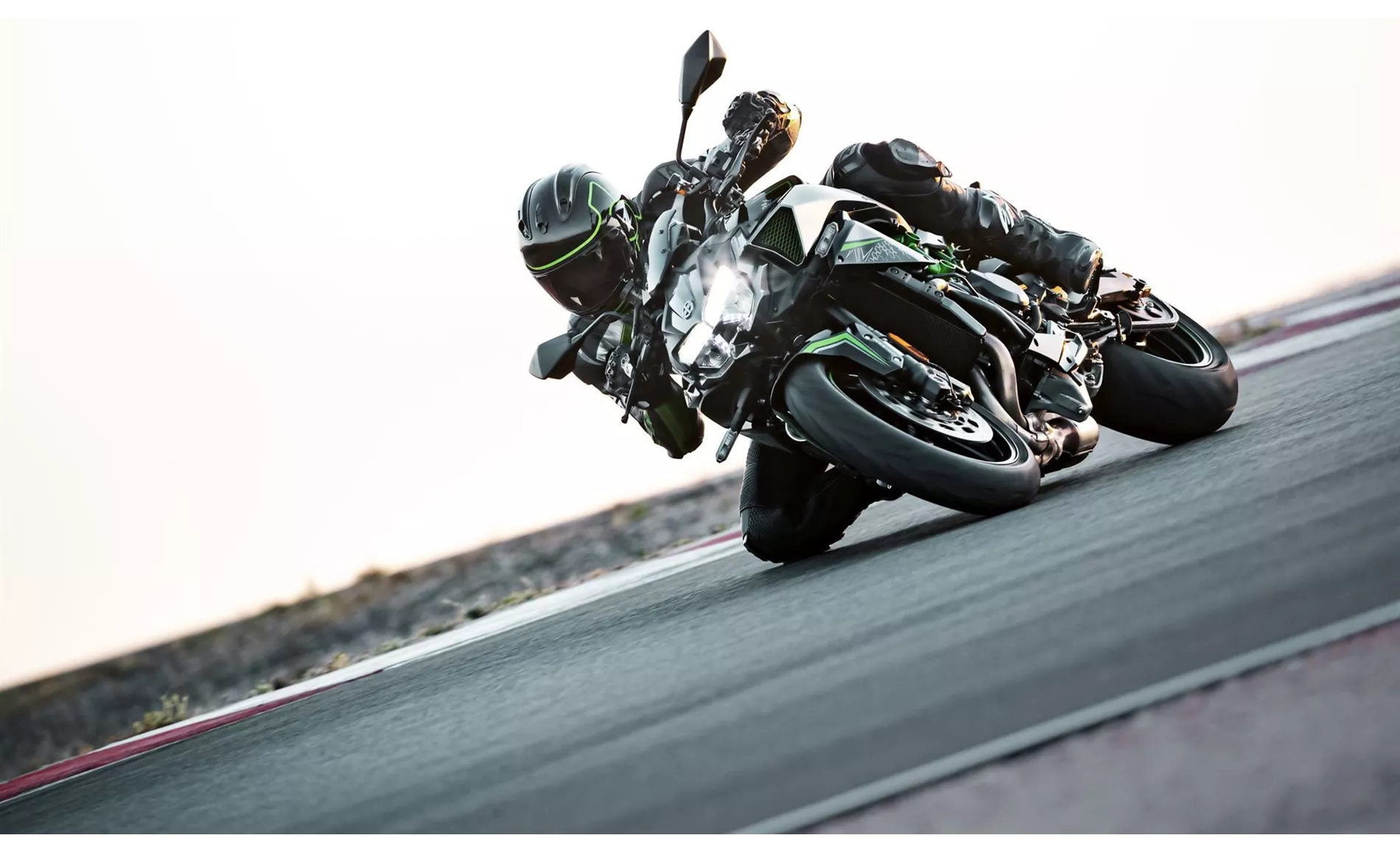
Kawasaki Z H2 2020
When it comes to the chassis, both bikes have steel frames, but the Z H2 features a tubular frame, while the Z1000 has a central tube frame. The choice of frame design may impact the overall handling and stability of the bikes.
In terms of braking technology, both bikes have double disk brakes at the front. However, the Z H2 utilizes radial, monoblock technology, which may provide more precise and powerful braking compared to the Z1000's petal technology.
In terms of dimensions and weights, both bikes have 17-inch front and rear tire diameters. The Z H2 has a slightly longer wheelbase of 1455 mm compared to the Z1000's 1445 mm. The seat height of the Z H2 is also slightly higher at 830 mm compared to the Z1000's 820 mm. Additionally, the Z H2 has a larger fuel tank capacity of 19 liters compared to the Z1000's 18.5 liters.
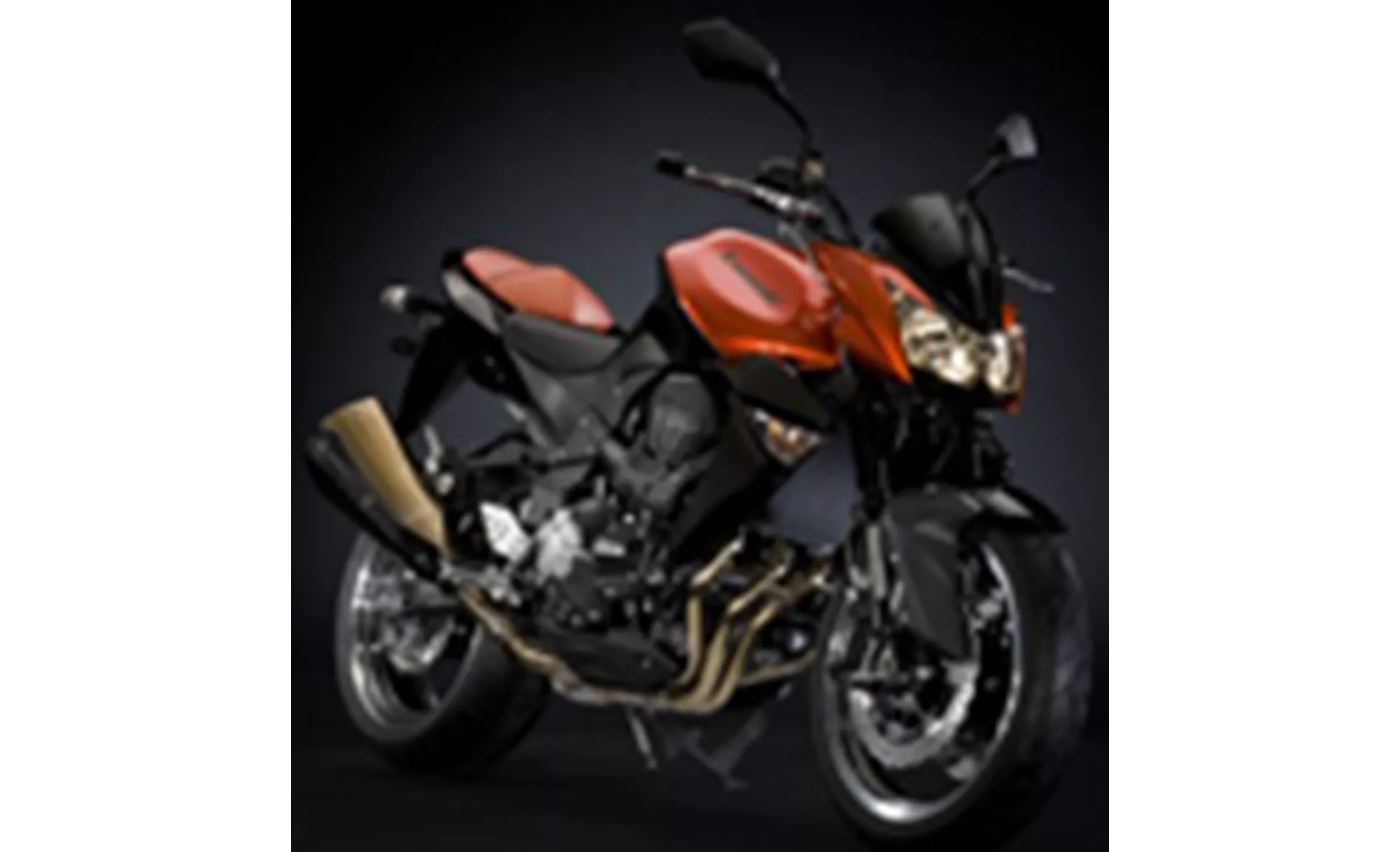
Kawasaki Z1000 2009
Now, let's discuss the strengths and weaknesses of each bike. The Z H2 2020 has an incomparable engine with full power and an easy-to-control power unit. It offers a pleasant seating position and high riding comfort for a naked bike. Despite its extravagant drive, the Z H2 can be ridden carefree in everyday life. It also has a quiet but charismatic sound and stable and transparent handling. However, it has some weaknesses, such as a quickshifter that makes interventions that take too long and a suspension strut that becomes a bit spongy during sporty riding. Some riders may also feel that the exclusive Z H2 deserves more exclusive components all around.
On the other hand, the Z1000 2009 has the strength of relatively much power and a powerful appearance. It offers a comfortable riding experience and has an optimal chassis. Additionally, it has an acceptable price, making it a more budget-friendly option. However, it has weaknesses such as an uncontrollable instrument unit and the presence of partial manual force.
In conclusion, the Kawasaki Z H2 2020 and the Kawasaki Z1000 2009 have their own unique strengths and weaknesses. The Z H2 offers a more powerful engine, higher torque, and larger displacement, making it a more high-performance option. On the other hand, the Z1000 offers a powerful appearance, comfort, and an optimal chassis at a more affordable price. Ultimately, the choice between these two models will depend on the rider's preferences and priorities.
Technical Specifications Kawasaki Z H2 2020 compared to Kawasaki Z1000 2009
Pros and Cons in comparison
Pros and Cons in comparison
Kawasaki Z H2 2020
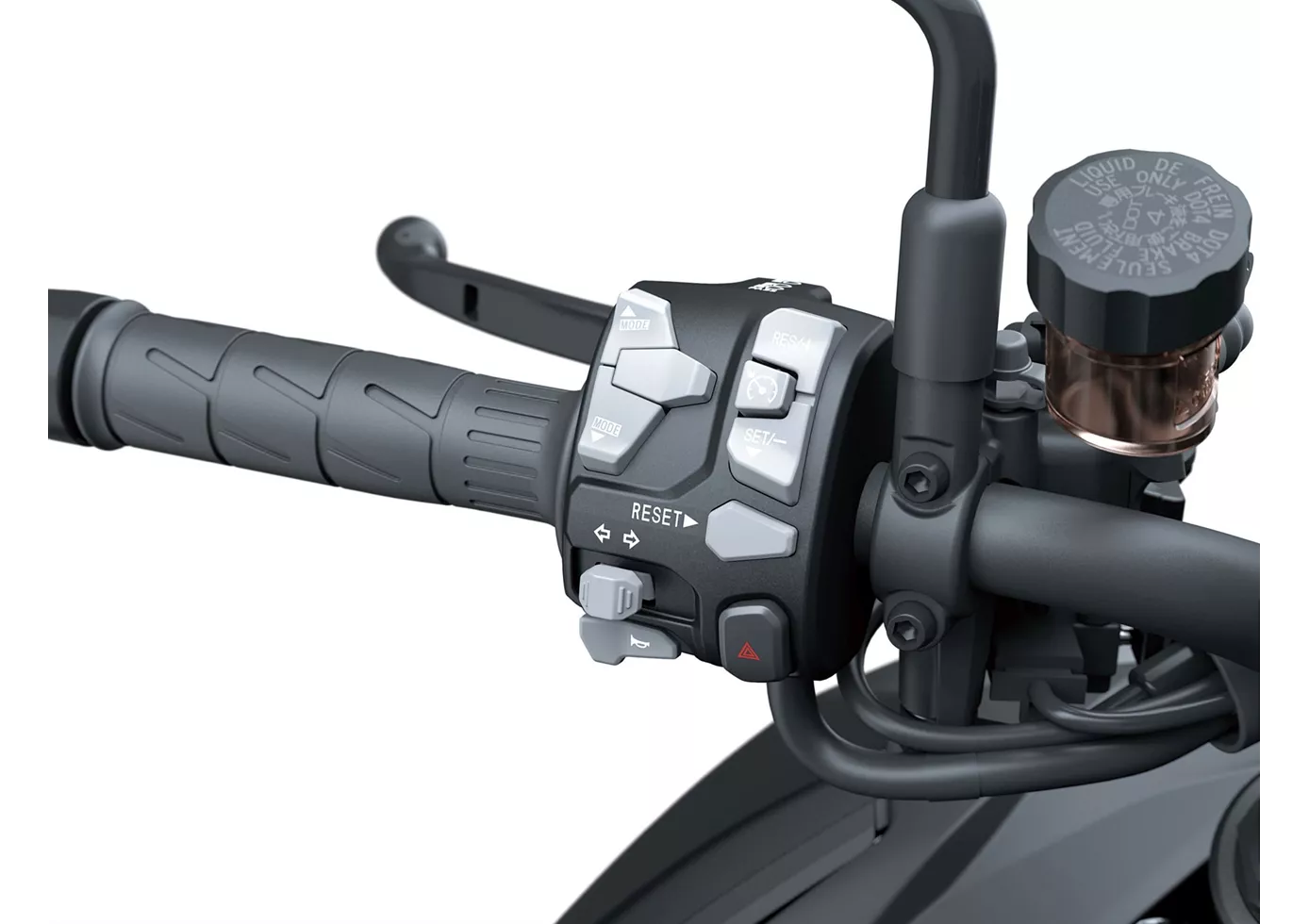
The fascinating power unit of the Kawasaki not only inspires as a motif for quartet cards or at the regulars' table. The engine is made for practical use. In the saddle of the bike, you can enjoy the thrust in every situation. Commands from the throttle are implemented directly, intensively but also controllably. However, the bike is not an athletic sportsman but a beefy naked bike. It always scores when sovereignty and power are required.
Kawasaki Z1000 2009
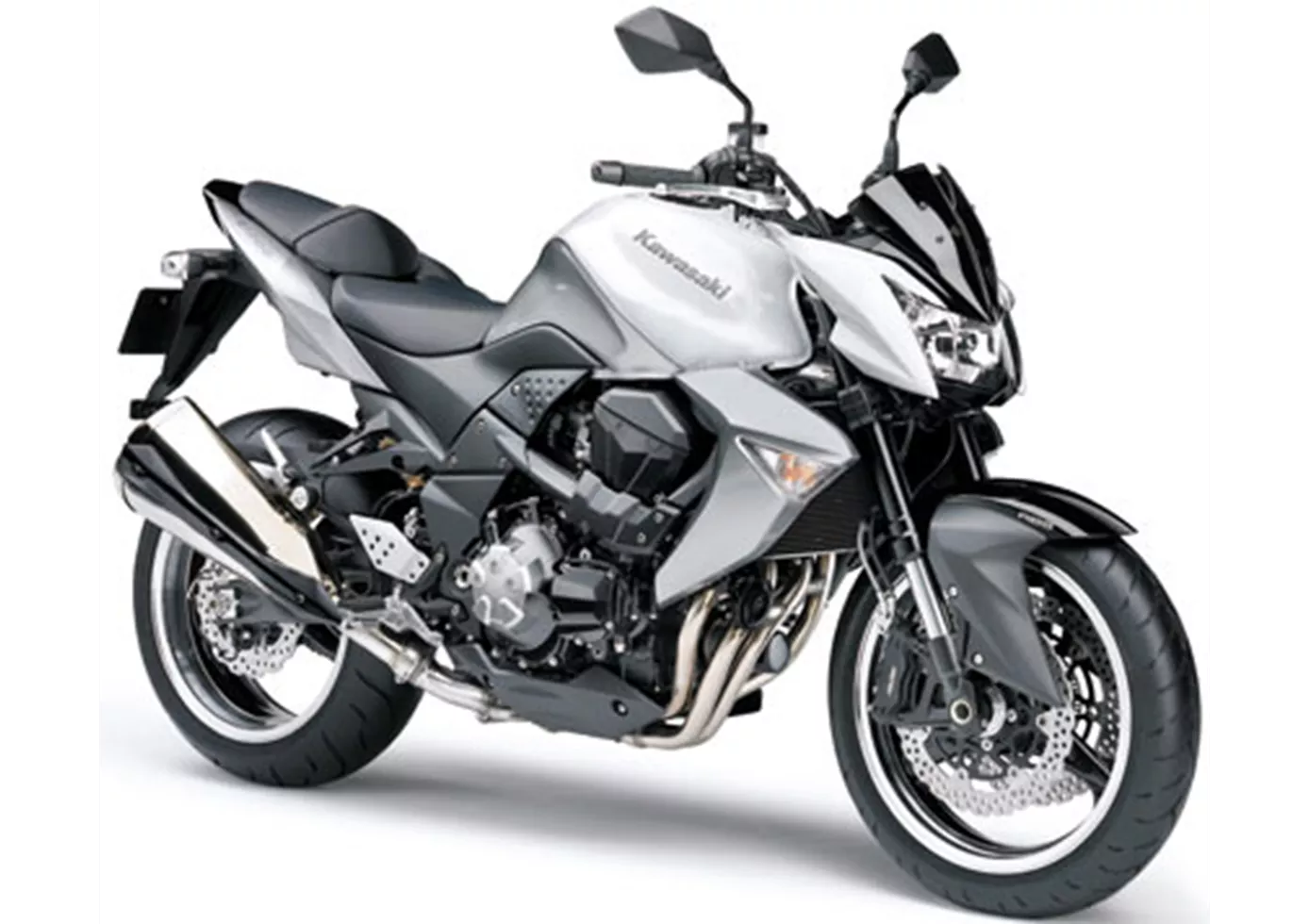
Kawasaki did well to rethink and rebuild the Z1000 from the ground up. It was given a dark soul whose roots lie in the (un)good old days, but it seems more genuine and cohesive thanks to its independent development. Kawa did justice to itself and the wishes of its customers to a high degree. All in all, a courageous product for courageous riders.
Price Comparison Avarage Market Price Kawasaki Z H2 vs Kawasaki Z1000
There are a few key differences between a Kawasaki Z H2 2020 and a Kawasaki Z1000 2009. In terms of price, the actual average price of a Kawasaki Z H2 2020 is about 159% higher. There are the same number of bikes of both models available on the 1000PS.de marketplace, specifically 10. It takes less time to sell a Kawasaki Z1000 with 63 days compared to 148 days for the Kawasaki Z H2. Since model year 2020 1000PS.de editors have written 14 reviews for the Kawasaki Z H2 and 41 reviews for the Kawasaki Z1000 since model year 2005. The first review for the Kawasaki Z H2 was published on 10/10/2019 and now has more than 82,500 views. This compares to more than 5,800 views for the first review on Kawasaki Z1000 published on 02/09/2002.
